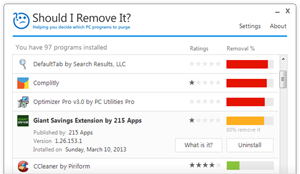Import table
advapi32.dll
RegOpenKeyExA, RegQueryValueExA, RegCloseKey
gdi32.dll
GetStockObject
kernel32.dll
CloseHandle, GetLastError, CreateMutexA, GetVersionExA, CreateThread, CreateEventA, WaitForSingleObject, SetEvent, UnmapViewOfFile, WaitForMultipleObjects, MapViewOfFile, CreateFileMappingA, lstrcmpiA, lstrcmpA, GetCurrentProcessId, Sleep, OutputDebugStringA, Process32Next, Process32First, CreateToolhelp32Snapshot, OpenProcess, lstrlenA, LoadLibraryA, GetStringTypeA, GetOEMCP, GetACP, GetCPInfo, SetFilePointer, LCMapStringW, LCMapStringA, MultiByteToWideChar, WriteFile, RtlUnwind, GetFileType, GetStdHandle, SetHandleCount, GetEnvironmentStringsW, GetEnvironmentStrings, WideCharToMultiByte, FreeEnvironmentStringsW, FreeEnvironmentStringsA, UnhandledExceptionFilter, GetCurrentProcess, TerminateProcess, FlushFileBuffers, GetProcAddress, FreeLibrary, GetStringTypeW, SetStdHandle, HeapReAlloc, VirtualAlloc, VirtualFree, HeapCreate, HeapDestroy, GetEnvironmentVariableA, HeapFree, HeapAlloc, GetModuleHandleA, GetStartupInfoA, GetCommandLineA, GetVersion, ExitProcess, GetModuleFileNameA, GetLocaleInfoA, VirtualProtect, GetSystemInfo, VirtualQuery
psapi.dll
GetProcessImageFileNameA
setupapi.dll
SetupDiGetClassDevsA, SetupDiGetDeviceInterfaceDetailA, SetupDiEnumDeviceInterfaces, SetupDiGetDeviceRegistryPropertyA, SetupDiDestroyDeviceInfoList
shell32.dll
ShellExecuteA
shlwapi.dll
PathStripPathA, StrStrA
user32.dll
GetRawInputData, GetAsyncKeyState, GetKeyState, PostMessageA, SendMessageA, SendMessageTimeoutA, MessageBoxA, SendInput, AttachThreadInput, SetCursorPos, PostQuitMessage, DestroyWindow, DefWindowProcA, LoadCursorA, RegisterClassExA, CreateWindowExA, GetMessageA, TranslateMessage, DispatchMessageA, RegisterRawInputDevices, SendNotifyMessageA, FindWindowA, GetKeyboardState

